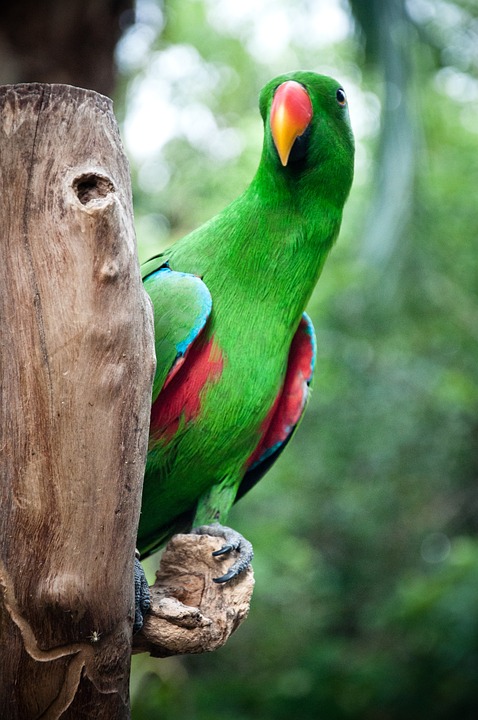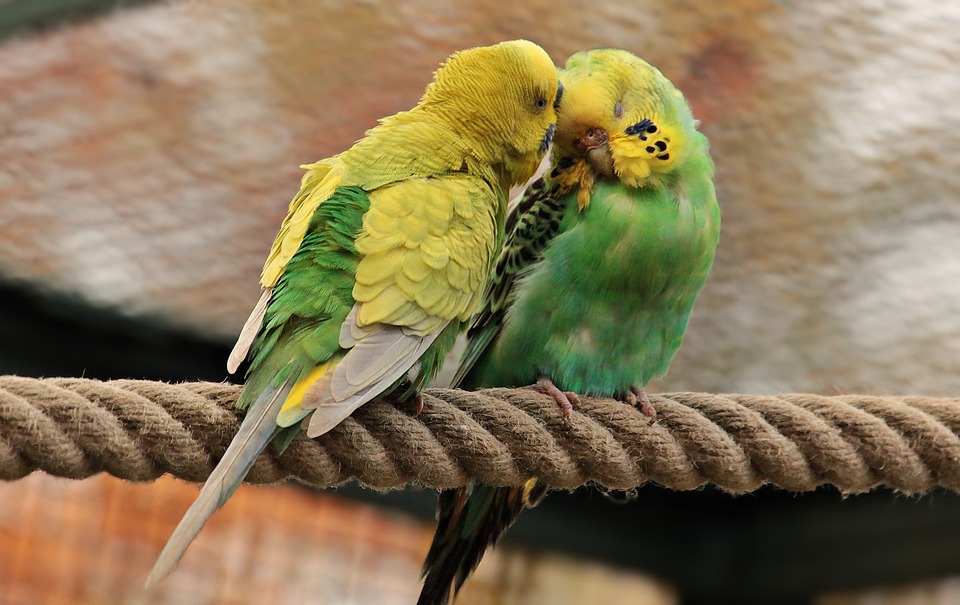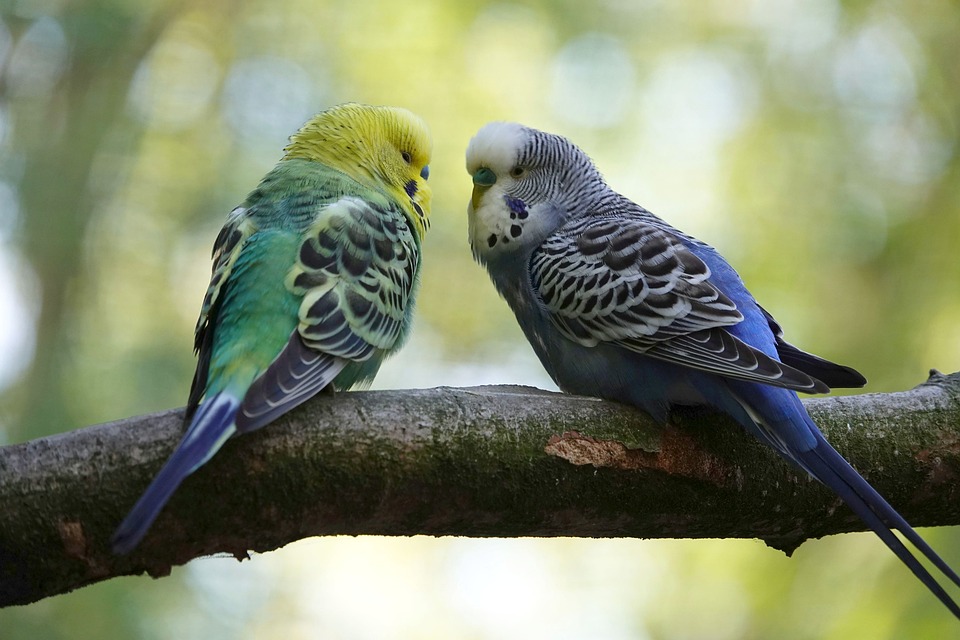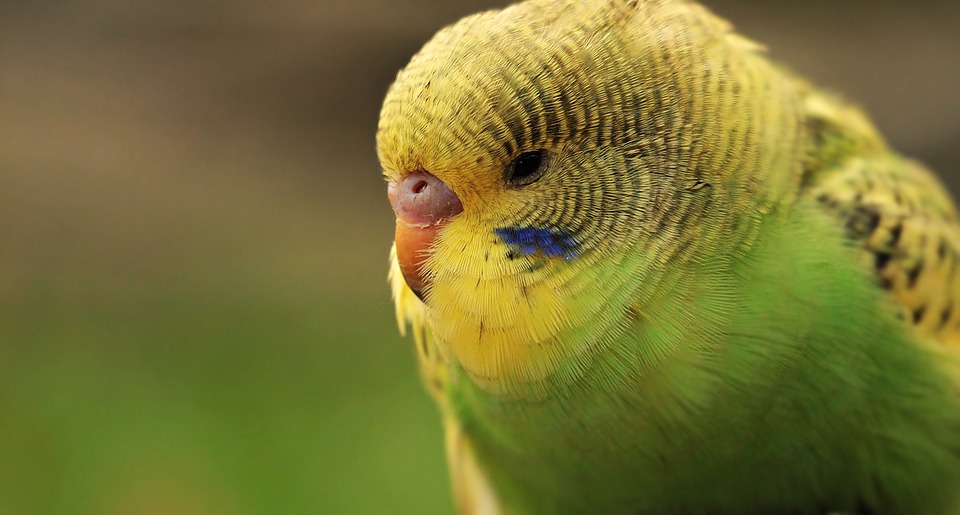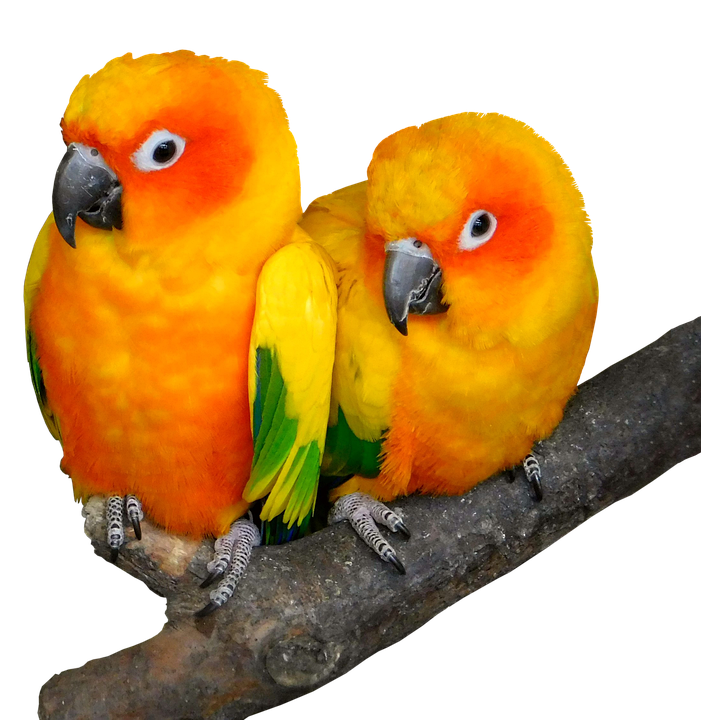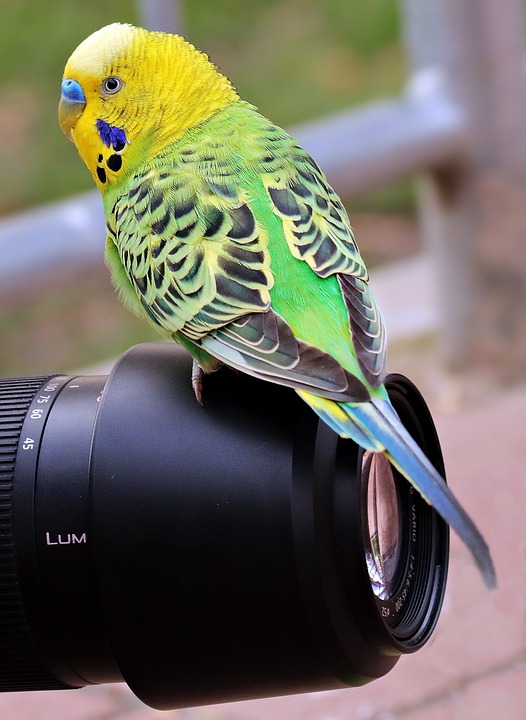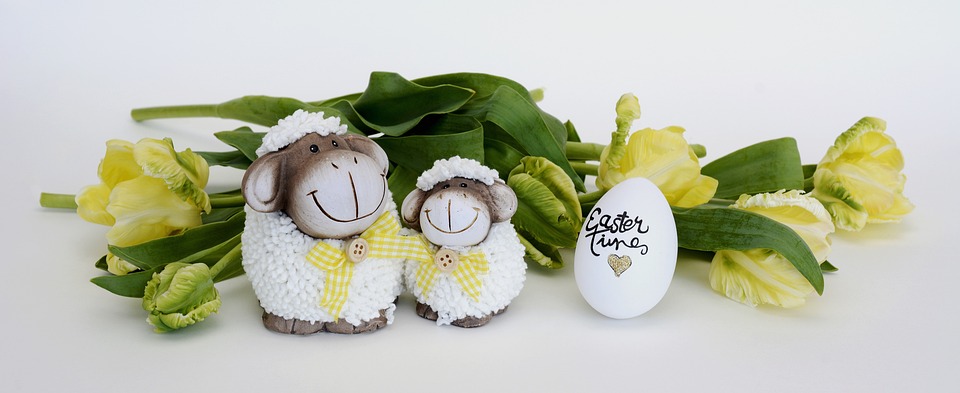Training a parrot can be a rewarding and enjoyable experience, but it requires a proper rewards system to reinforce positive behavior and keep your parrot motivated. In this article, we will guide you through the process of creating an effective parrot training rewards system using different types of treats.
A training rewards system is important in parrot training as it helps strengthen the bond between you and your parrot and keeps them engaged during training sessions. It also promotes motivation and ensures that your parrot associates training with positive experiences.
When choosing treats for your parrot’s training rewards system, it is crucial to consider their preferences and dietary needs. Opt for treats that are safe, healthy, and enticing to your parrot. Fresh fruits, vegetables, nuts, seeds, and commercial parrot treats are popular options. However, it is important to avoid giving your parrot toxic foods like chocolate, avocado, caffeine, and alcohol.
To maintain your parrot’s enthusiasm during training, it is important to vary the treats you use. Different flavors, textures, and sizes can make the training sessions more exciting for your parrot. Experiment with a mix of fresh produce, homemade birdie bread, nutri-berries, or even small portions of your parrot’s regular daily diet. Remember to cut treats into bite-sized pieces for easy consumption.
For more challenging tasks, it is beneficial to use high-value treats as a stronger motivator. High-value treats could be your parrot’s absolute favorite, such as a small piece of their preferred fruit or a special homemade treat. Reserve these treats for demanding tasks or when your parrot achieves significant milestones in their training.
To establish a parrot training rewards system, follow these steps:
1. Identify the behaviors you want to train your parrot.
2. Determine the appropriate treats for each behavior.
3. Establish a consistent cue or command for each behavior.
4. Reward your parrot immediately after they perform the desired behavior correctly.
5. Gradually reduce the frequency of treats and replace them with verbal praise and physical affection.
Now, let’s address some frequently asked questions about parrot training rewards systems:
Q1: How often should I reward my parrot during training sessions?
It is recommended to reward your parrot immediately after they perform the desired behavior correctly. In the beginning stages of training, you may need to provide treats frequently to reinforce positive behavior. As your parrot becomes more proficient, gradually reduce the frequency of treats and rely more on verbal praise and physical affection.
Q2: Can I use my parrot’s regular food as training treats?
Yes, you can use a portion of your parrot’s regular food as training treats. However, it is important to ensure that the treats used during training are smaller and distinct from their regular meals. This makes it easier for your parrot to distinguish between regular feeding and training rewards.
Q3: Are there any treats I should avoid giving my parrot during training?
Yes, some foods are toxic or harmful to parrots and should be strictly avoided. These include chocolate, avocado, caffeine, alcohol, onions, garlic, and foods high in salt or sugar. Always research the safety of foods before offering them to your parrot as treats.
Q4: Can I incorporate clicker training into my rewards system?
Absolutely! Clicker training can be a highly effective method of reinforcing positive behavior in parrots. By associating the sound of a clicker with treats, you can communicate with your parrot more precisely. Remember to follow appropriate clicker training techniques while incorporating it into your rewards system.
In conclusion, creating a parrot training rewards system with different treats is a fantastic way to reinforce desired behaviors and strengthen your bond with your feathered companion. By choosing the right treats, varying the rewards, and setting up a consistent system, you can make training sessions enjoyable and successful for both you and your parrot. Always prioritize your parrot’s health and safety when selecting treats for training purposes.

